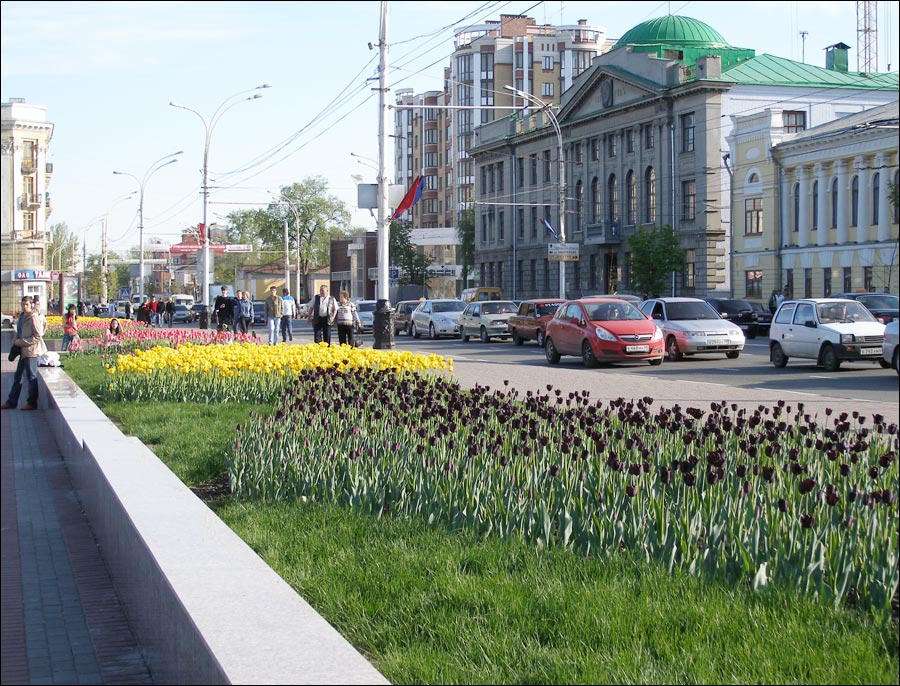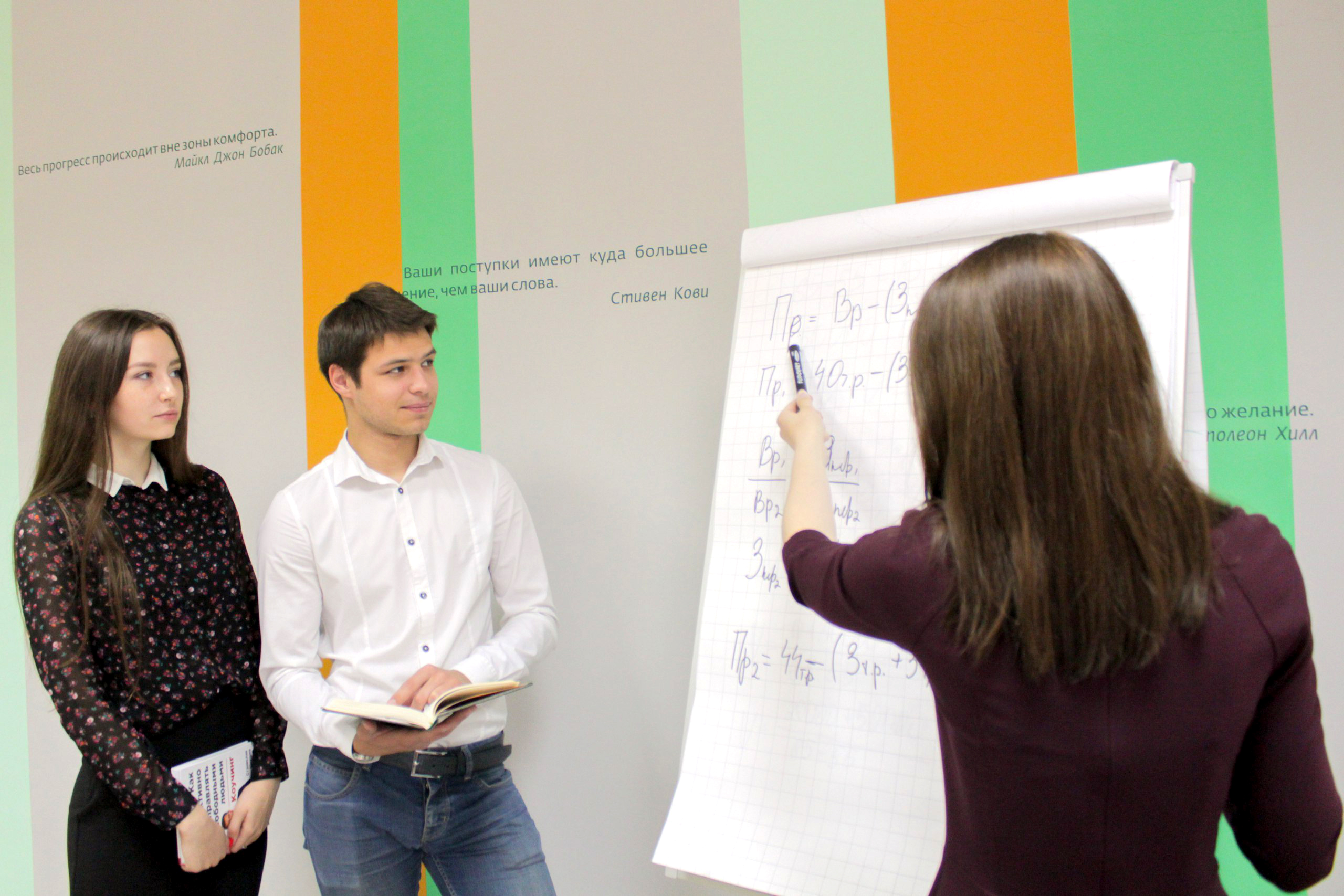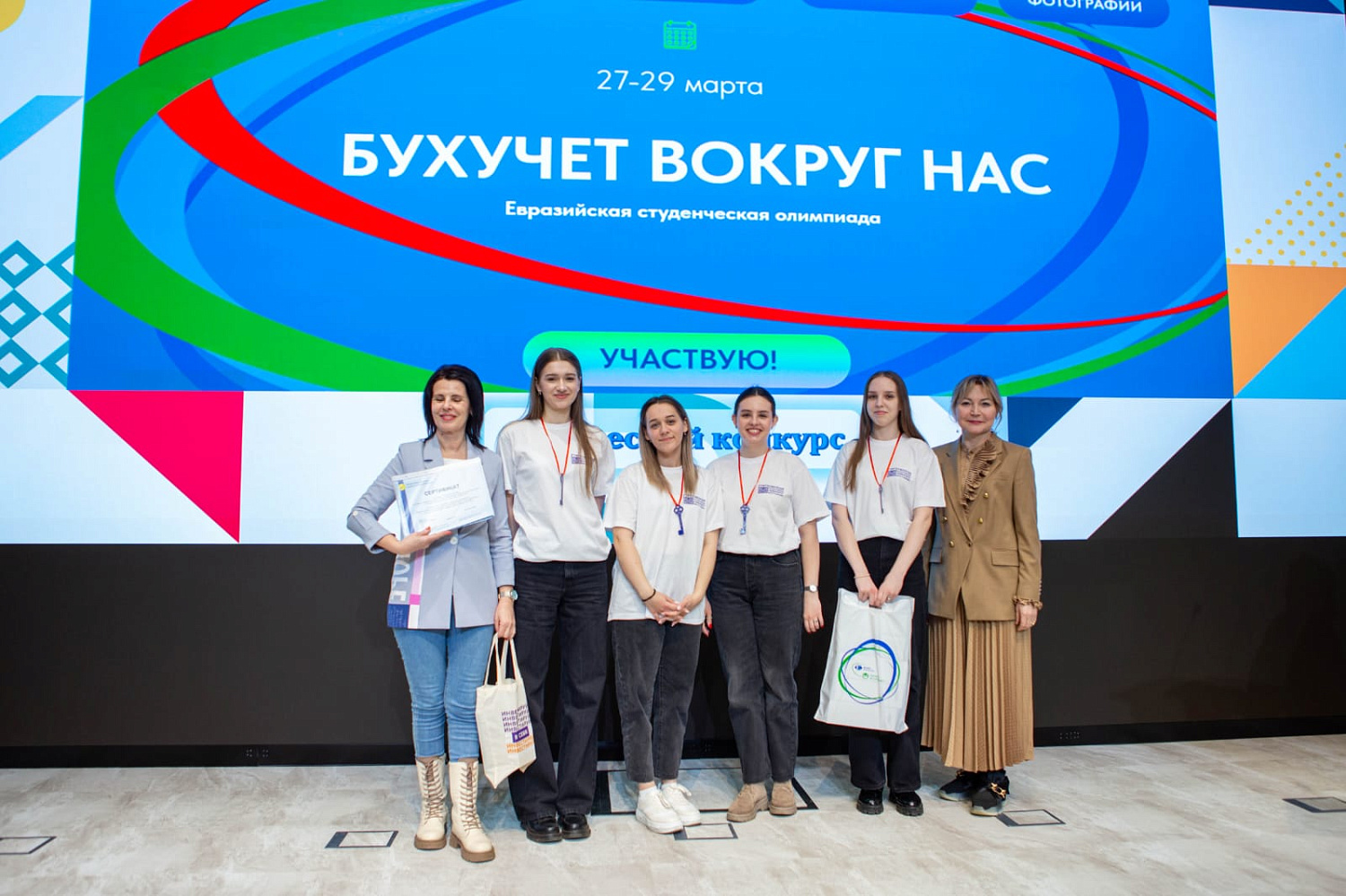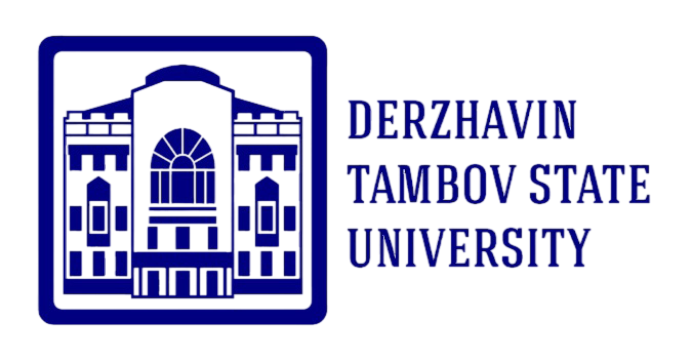Life in Tambov
- Home
- Life in Tambov



About Tambov
Tambov is located in the heart of Russia on the banks of the Tsna River. It is the administrative center of the Tambov region. The history of Tambov is closely connected with the names of great figures, whose ideas influenced the development of Russia. Among them are the poet and statesman G.R. Derzhavin, natural scientist V.I. Vernadsky, biologist and breeder I.V. Michurin, philosopher, historian and diplomat B.N. Chicherin, composers S.V. Rachmaninoff, I.A. Shatrov, V.I. Agapkin.
Every year Tambov is visited by more and more tourists. What attracts guests to our land? Perhaps unique objects of culture: the historical and cultural museum complex “Aseev Manor”, which is a branch of the Peterhof State Museum Reserve, the Tambov Regional Museum of Local Lore, the Tambov Art Gallery, the Regional Library named after A.S. Pushkin.
A number of picturesque places suitable for outdoor recreation activities also attract a lot of guests. Among such places there is City Recreation Park on Tsna embankment, Druzhba Park, Victory Park, where you can see samples of military equipment of World War II. Tambov region is an ecologically clean region. Our region is ranked first in the All-Russian ecological rating of the public organization “Green Patrol”.
Tambov region is famous not only for its sights, but also for its achievements. Our region is one of the leaders in the field of agriculture. According to the Tambovstat report for 2017, the growth rate of industry in the Tambov region is 10 times ahead of the average Russian figures. In the national rating of the state of the investment climate in the regions of the Russian Federation Tambov region ranks 11th. To promote youth entrepreneurship the regional contest “Young Entrepreneur of Russia” is held.
The geographical position of Tambov has a lot of advantages: railways and highways connect our city with a huge number of large and developed regions of the country. Tambov region is open to visitors from all over the world. Welcome to Tambov!
The weather in Tambov, like much of Russia, experiences distinct seasonal variations. Here’s a general overview:
Winter (December to February): Winters in Tambov are cold and snowy, with temperatures often dropping below freezing. January is typically the coldest month, with temperatures averaging around -10°C to -15°C (14°F to 5°F). Snowfall is common during this time.
Spring (March to May): Spring in Tambov sees a gradual warming trend. Temperatures begin to rise, and snow starts to melt. March can still be chilly, with temperatures ranging from around -5°C to 5°C (23°F to 41°F), but by May, temperatures can reach around 10°C to 20°C (50°F to 68°F). However, spring is also characterized by variable weather, including occasional rain showers.
Summer (June to August): Summers in Tambov are warm and relatively humid. Temperatures can vary but generally range from 20°C to 30°C (68°F to 86°F), with occasional peaks reaching higher. July tends to be the warmest month. Summer is also the sunniest time of the year, with long daylight hours.
Autumn (September to November): Autumn in Tambov brings cooler temperatures and changing foliage. September can still be mild, with temperatures around 15°C to 20°C (59°F to 68°F), but by November, temperatures drop significantly, averaging around 0°C to 5°C (32°F to 41°F). Rainfall increases during this time, and snow may begin to fall towards the end of the season.
About Russia
Russia is the largest country in the world, spanning Eastern Europe and Northern Asia.
Russia is not just the world’s largest country by geographical size, but it’s also a well-liked destination for overseas MBBS students. Russia has about 57 medical universities, making the MBBS program in high demand. Studying here is preferred by international students because to the heavily reduced rates. When compared to other Western nations, it is far lower. International students find MBBS in Russia to be an excellent option because to its affordable costs and exceptional educational quality. All MBBS programs are accredited by the Medical Councils of major nations, including the United States, the United Kingdom, the Middle East, and the World Health Organization.
Total students-9,769
UG students-37%
PG students-63%
International students-2,667
UG students-4%
PG students-96%
Total faculty staff-647
Domestic staff-99%,Int’l staff-1%
Russia is the largest country in the world, spanning Eastern Europe and Northern Asia.
Geography: Russia covers a vast area of over 17 million square kilometers, spanning eleven time zones and diverse geographic features, including plains, mountains, forests, and tundra. Major cities include Moscow, the capital, and St. Petersburg, the cultural capital.
History: Russia has a rich and complex history, from its early Slavic origins to the Tsarist period, the Soviet era, and its present-day status as a federal semi-presidential republic. It has played a significant role in global politics, culture, and science.
Culture: Russian culture is diverse and influenced by its multi ethnic population. It has made significant contributions to literature, music, dance, theater, and visual arts. Russian cuisine, with dishes like borscht, pelmeni, and blini, is also notable.
Economy: Russia has a mixed economy, heavily reliant on natural resources such as oil, natural gas, and minerals. It’s one of the world’s largest producers and exporters of energy. Other industries include manufacturing, agriculture, and technology.
International Relations: Russia is a major player in global geopolitics, with influence in various regions. It’s a permanent member of the United Nations Security Council and a member of organizations such as the G20 and BRICS.
Education: Russia has a strong tradition of education and is home to some of the world’s leading universities. It attracts students from around the world to study diverse fields, including science, engineering, medicine, and the humanities.
